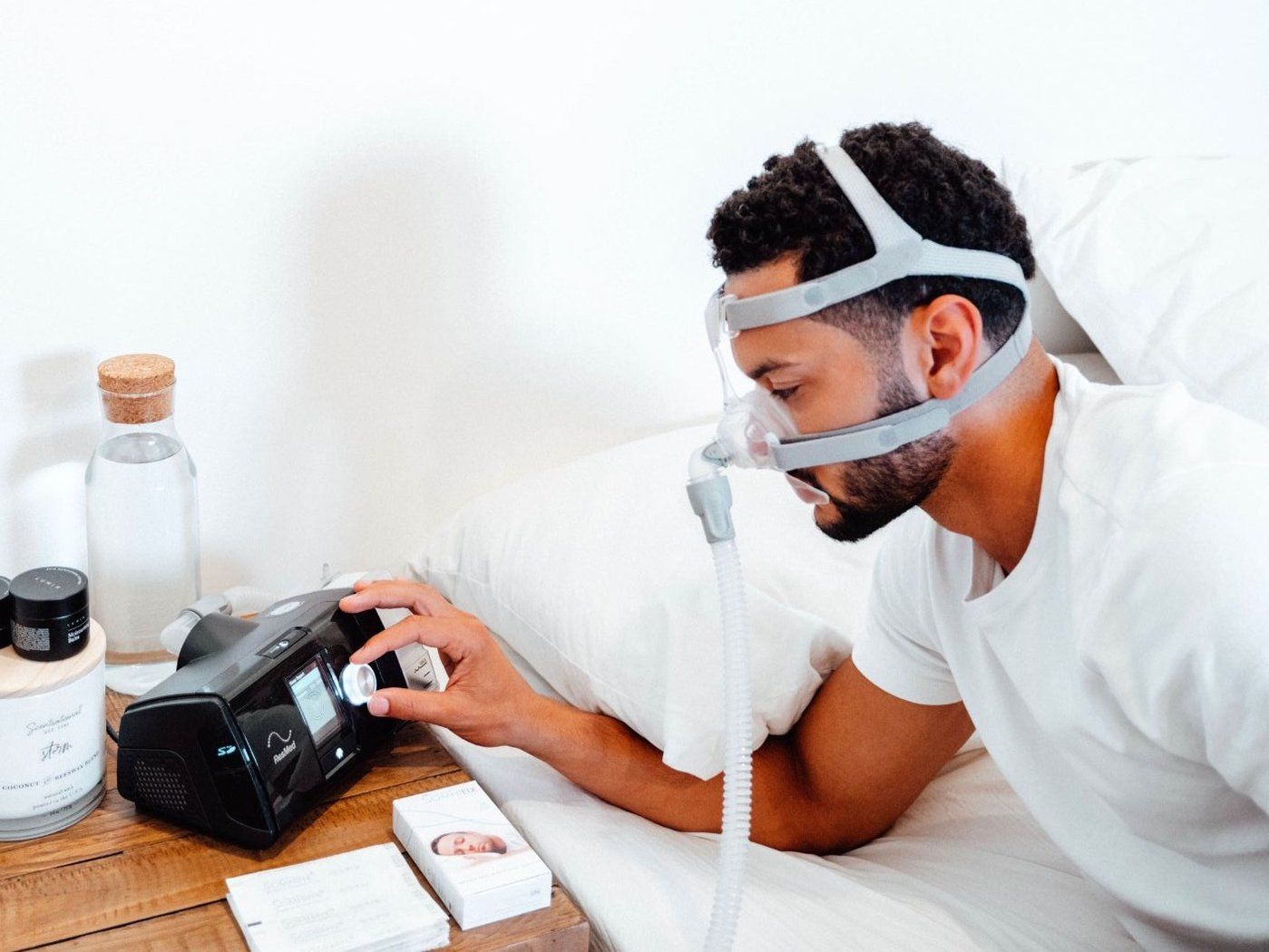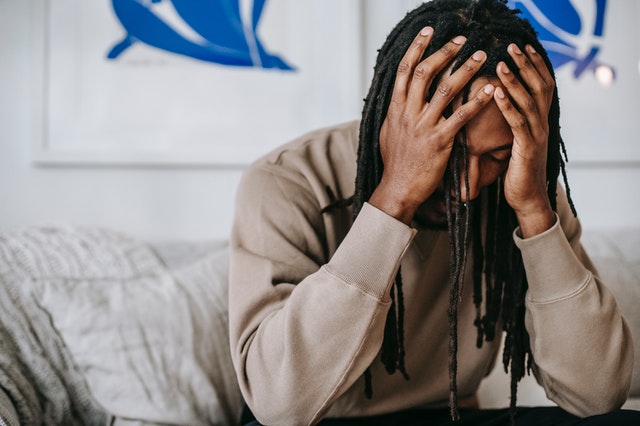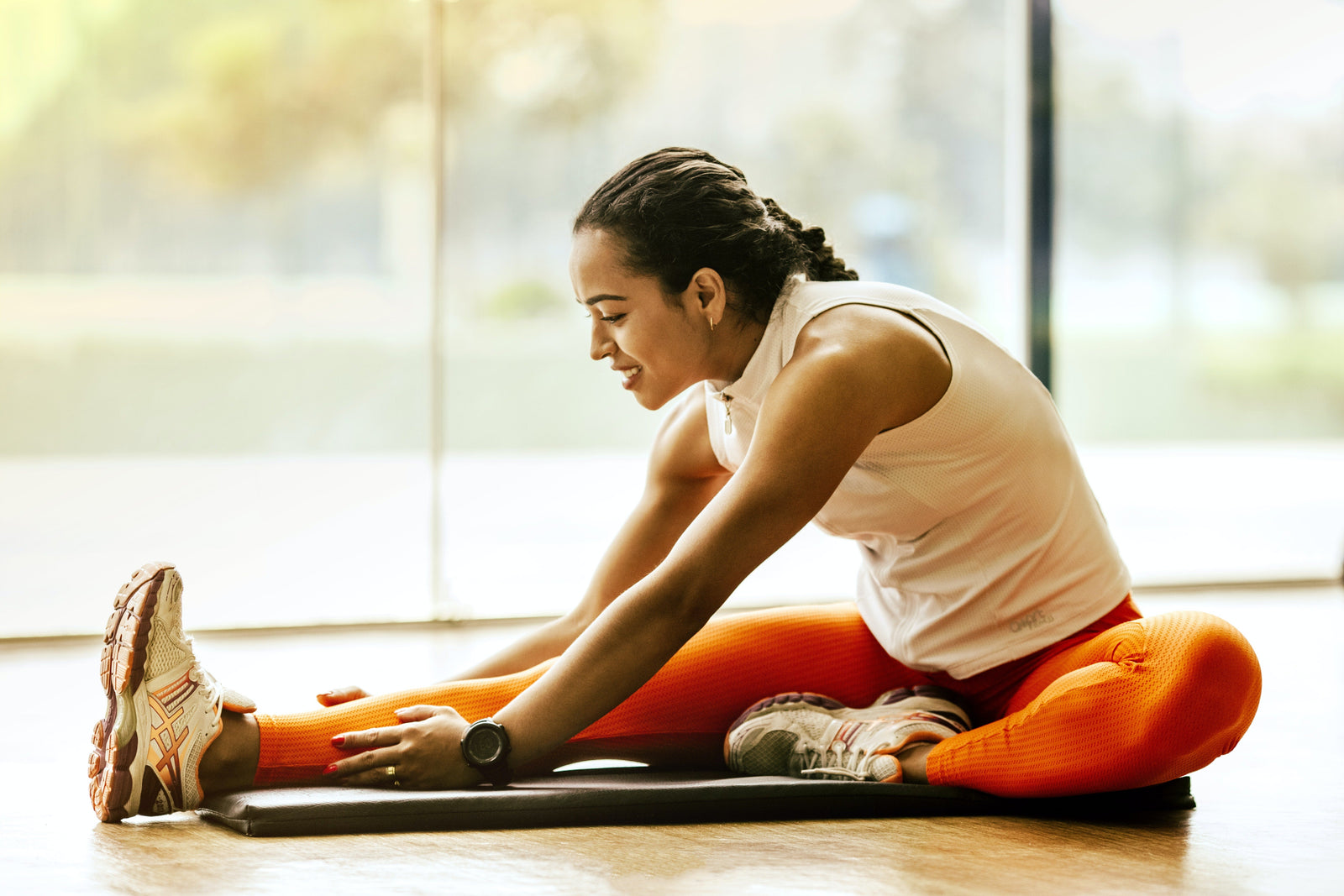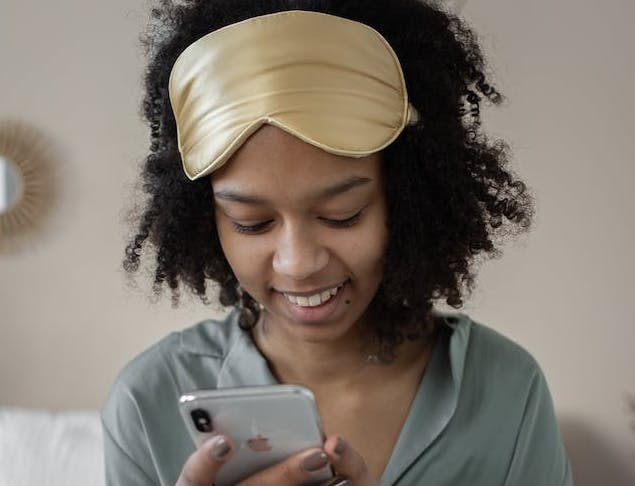Sleep apnea can be extremely dangerous, especially if left untreated. Typical treatment consists of a Continuous Positive Airway Pressure (CPAP) machine.

That said, many sleep apnea patients ultimately discontinue the use of their CPAP due to the discomfort associated with using the machine. If you have sleep apnea, you’ve probably asked yourself “is sleep apnea treatment without a CPAP possible?”
Before we jump into the answer to this question, let’s first discuss why untreated sleep apnea is so harmful.
The Dangers of Untreated Sleep Apnea
Sleep apnea causes breathing to cease multiple times throughout the night. The most common form, known as obstructive sleep apnea, is caused by relaxed throat muscles that droop into the airway, causing an obstruction.
Sleep apnea is associated with daytime fatigue and snoring, but additional complications are much more sinister. Those with sleep apnea are at a higher risk for developing conditions such as diabetes, high blood pressure, heart attack, heart failure, and stroke.
Seeking treatment as soon as possible ensures that sleep apnea sufferers prevent further health complications.
As we mentioned earlier, a CPAP machine is the most widely used treatment thanks to the technology it uses to keep the airway open.
How Does a CPAP Machine Work?
CPAP machines produce air that is pushed into the throat through a tube and mask. This pressurized air keeps the airway from collapsing when you breathe during sleep.
Although CPAPs are widely prescribed, more than half of patients discontinue use. Why? Because CPAP masks can be cumbersome, loud, and generally uncomfortable.

Common CPAP complaints include:
- Loud operating noises that disrupt sleep
- Feelings of claustrophobia
- Prevention of comfortable sleeping positions
- Dry mouth
- Skin irritation/rashes
So is sleep apnea treatment without a CPAP unheard of? What alternatives are there, if any? As it turns out, there are multiple options aside from a CPAP machine depending on the severity of your condition.
Before we dive into each option, it should be noted that you should always consult your physician before trying a new method of sleep apnea treatment.
Lifestyle Changes May Improve Mild Sleep Apnea
Mild sleep apnea may improve with lifestyle changes such as weight loss. Reducing your body weight can reduce apneas during sleep.
In overweight people, the tissues in and around the neck, throat, and airway may become enlarged. By losing weight, these tissues shrink.

Nevertheless, weight loss may not always cure the condition and can take a long time to achieve and maintain. Therefore, it doesn’t provide immediate relief. Other lifestyle changes, however, might.
If you’re a smoker, stopping tobacco use may improve sleep apnea symptoms. Smoking causes the airways to swell, making sleep apnea even worse.
The same applies to drinking alcohol before bedtime. Alcohol causes the airway muscles to relax, leading to drooping and obstruction.
Moving on to physical aids, oral appliances are another viable option for sleep apnea treatment without a CPAP.
Custom Dental Appliances
Oral appliances are typically custom-made by your dentist. These appliances keep the airway open during sleep by changing the position of your mouth and may be a more convenient treatment option.
They work by either keeping the tongue in place or by pushing the jaw and tongue forward. Popular types include mandibular advancement devices, mouth guards, and tongue-retaining devices.
Mandibular advancement devices are usually made of tough plastic that is molded to your mouth. They snap over the upper and lower teeth and can be tightened to push the lower jaw forward.
Mouthguards reposition the lower jaw in the same way that mandibular advancement devices do but typically use less pressure. Because of this, they don’t offer as much of a dramatic degree of repositioning.

A dentist typically takes an impression of your teeth and molds the guard to fit your mouth. There are also “do it yourself” options on the market that you can boil and mold to your teeth, but these may not provide the same effect.
Lastly, tongue-retaining devices are made of a soft plastic that is placed around the tongue. They hold the tongue forward, keeping it from falling back into the airway. However, many users complain that they dry out the mouth or are uncomfortable to wear.
Beyond dental appliances, sleep treatment without a CPAP is possible with other devices on the market.
Alternative Airway Pressure Therapy Devices
Despite the fact that CPAP therapy is the most commonly used treatment for sleep apnea, there are multiple alternative airway pressure devices on the market.
Bilevel Positive Airway Pressure (BiPAP) therapy, for example, uses two pressures rather than one. It works by putting out one amount of pressure during the inhale and a second, lower pressure during the exhale.
Expiratory Positive Airway Pressure (EPAP) devices adhere to the nostrils and work by pushing out pressure as you exhale.
Oral Pressure Therapy (OPT) widens the airway by using vacuum pressure that suctions the soft palate forward toward the middle of the mouth.
Continuous Negative External Pressure (CNEP) also uses vacuum pressure to keep the airway clear, but the pressure is applied outside of the neck.
If various airway pressure devices fail to treat your sleep apnea symptoms, surgery may help.
Surgery For Sleep Apnea
Surgical procedures can reduce extra tissues in your throat that obstruct the airway during sleep. Surgery options range from lightly invasive to elaborate and complex.
Procedures may include surgery of the soft palate, uvula, tonsils, tongue, or jaw. With this in mind, surgery is not a beneficial option for everyone and may be accompanied by pain, swelling, or a wired shut jaw.
The benefits of surgery may not last forever and symptoms may show up again at a later time, making surgery less effective overall than other treatment methods.
Aside from all of the choices we’ve already listed, you may be able to simply add some accessories to your treatment method of choice to enhance its benefits.
Sleep Apnea Accessories
Whether you choose a BiPAP, dental appliance, or want to give your trusty CPAP machine another try, accessories can enhance your experience.
Nasal gel pads help to protect the bridge of your nose from irritation by providing a barrier between your mask and skin.
Chin straps, for example, are typically used in combination with a mask to reduce uncomfortable pressure leaks.

Mouth tape strips can help you maintain a proper lip seal more comfortably than a chin strap. They adhere to the lips and prevent the mouth from falling open during sleep, which leads to obstruction of the airway and snoring.
Beyond that, they promote nasal breathing, which is the proper breathing method we were designed to use in order to filter, humidify, and regular the temperature of the air we breathe.
All you have to do is place the strips over your lips in addition to your chosen (and prescribed) treatment option.
Add SomniFix to Your Chosen Treatment Option
CPAP therapy may not work for everyone, but treatment is necessary to protect your health. Luckily, there are a plethora of treatment methods to choose from.
Sleep apnea treatment without a CPAP is possible and adding SomniFix to the mix may enhance the quality of the therapy you choose.

Our strips are comfortable, hypoallergenic, and non-irritating (unlike other accessories on the market).
Once you and your doctor have landed on the one that works best for you, add mouth tape to the mix to nasal breathe into the night and get your best sleep yet.
Please note that SomniFix is not an independent solution for sleep apnea and should only be used in conjunction with a CPAP or another treatment option as determined by your healthcare provider.



